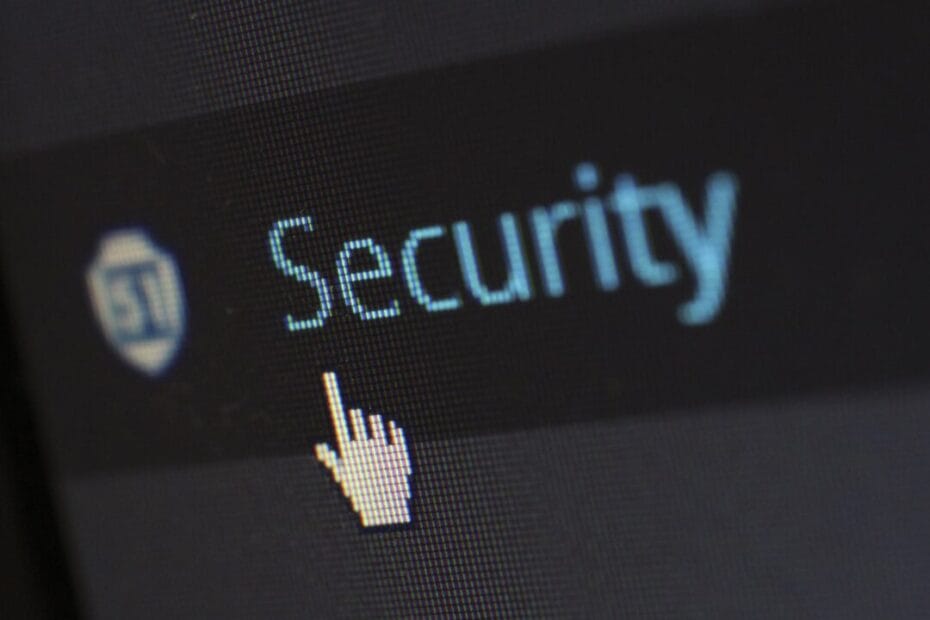Amid so many cyber attacks and data theft, many users are increasingly wary of posting their data on any website, regardless of niche. Making sure that a website is trustworthy and your data will be safe is an essential step in the life of anyone who wants to buy, sell, or simply browse the internet.
Adverts
If you still don't know how to identify the signs of a trustworthy 100% website, we have separated for you some basic criteria that you need to analyze before providing your personal information. Be careful and always keep in mind that there are people with bad intentions and, unfortunately, the internet is no different.
Adverts
Secure website checklist
There are some basic criteria that allow you to immediately identify the security of a website, and prevent your personal data from being stolen, or even used for inappropriate purchases. Complete the checklist below, and make sure that these sites you want to access are safe for both you, your data and your computer.
Remembering that the checklist below are criteria that you need to evaluate, but if you notice other suspicious options on the website even after the checklist, it is worth taking extra care and being careful when providing your personal information in this case.

site
Scan URL
If you want to quickly see whether a website is trustworthy or not, Scan URL can help you. Check the health of a website in a single click.
You will remain on the same site
1. Check the URL
If when accessing the website, you identify “HTTPS” at the beginning, it means that this website is secure. This demonstrates that the information being passed from your computer to the website is 100% encrypted, meaning it is not shareable. Rest assured that your payment information and passwords will be safe on this site.
2. See feedback
If when searching for the name of the site on Google you come across terrible experience testimonials from other users, there is something wrong there. A fluid and secure platform will not show instability frequently, and you need to be doubly careful if it is a website for buying and selling products and services.
3.Look for the padlock in the typing bar
If you are accessing a secure website, when you go to browse you will see a padlock in the typing bar. This means that your data is 100% protected, and you will not have any external sharing when entering your payment details or even your personal details.
4. Pay attention to external links
If you are constantly interrupted while browsing, being redirected to other websites, or even seeing invasive advertisements at all times, it is worth worrying. This is one of the signs that this site may be harmful, and that it may end up sharing your data with other users or platforms.
5. Click on the security seals
Secure 100% websites feature security seals provided by other companies, in order to prove the veracity and reliability of that site, but make no mistake, the seals may just be photos. So it is important that you click on the seals and make sure that they are really trustworthy.

Safety first!
Browsing the internet is quick and practical, but it's worth always being careful when it comes to protection. Many malicious websites are created every day just to steal information and scams, so it's worth checking all these details before browsing for longer, or even when making a purchase.
Each website may present this information differently in their layouts, but you can check it all on a secure website. Do not provide your card number or personal data before certifying the veracity of any website, protect yourself from virtual theft in the best way possible.
Common questions:
Checking whether a website is secure involves several steps. Start by observing whether the website has a padlock in the address bar (indicating a secure connection via HTTPS). Additionally, look for clear privacy policies and terms of use. Use tools like Google Safe Browsing to check if the site has been reported for malicious activity.
Dangerous websites may display signs such as the absence of an SSL certificate (they do not have “https://” in the address), excessive requests for personal or financial information, suspicious content, persistent pop-ups, and too-good-to-be-true offers.
An SSL (Secure Sockets Layer) certificate is crucial for online security as it encrypts information exchanged between the user's browser and the web server, protecting sensitive data such as login information, credit card numbers and other personal information.
To check if a website has a valid SSL certificate, simply look at the beginning of the website address in the browser bar. If the website has a padlock before the “https://” and the browser does not indicate security errors, this suggests that the website has a valid SSL certificate.
Yes, there are several online tools that can help check the security of a website. In addition to Google Safe Browsing, there are also security scanners like Sucuri SiteCheck or VirusTotal that can identify malware and other threats on a website. Additionally, some browser extensions, such as HTTPS Everywhere, help force secure connections.
Site Articles

Auxiliar de produção: encontre vagas na área
Se você deseja atuar como auxiliar de produção veja as recomendações que preparamos. Anúncios O Auxiliar de Produção desempenha um papel crucial em diversos setores

Emprego enfermagem: oportunidades, salários e mais
Quer saber mais sobre a área de emprego de enfermagem? Continue a leitura. Anúncios A enfermagem é uma profissão que se destaca pela sua importância

Motorista de caminhão: ache vagas, veja remunerações e mais
Quer saber mais sobre a profissão de motorista de caminhão? Continue lendo. Anúncios Ser um motorista de caminhão é uma profissão essencial e respeitada, responsável
